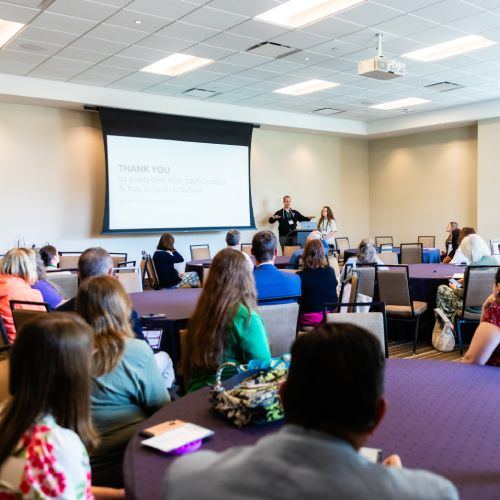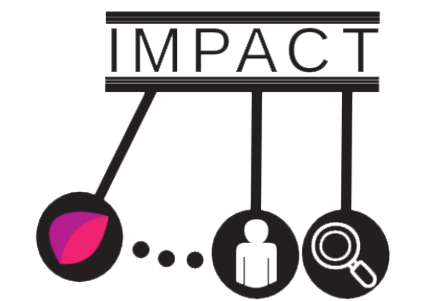Future Resources & Engagement Strategy

To achieve our short-, medium-, and long-term objectives
PFIC Network will leverage the capacity, tools, and partnerships developed through IMPACT and expanded through future efforts.
Capacity & Tools from IMPACT
The TEA will inform the development of the research agenda. The TEA features an ongoing data collection tool where patients can input their treatment experiences. The TEA will be updated in the long term with findings from patient-centered CER studies.
The roadmap provides immediate guidance for forming multi-stakeholder research teams within the consortium and will remain a reference for engagement and training for consortium members over time.
The Patient Engagement Evaluation Tool (PEET) will be used throughout our ongoing activities to assess the quality of engagement and support continuous improvement.
Future Capacity & Tools
We will adapt and expand virtual learning modules from IMPACT to prepare consortium members for their roles in patient-centered CER.
The governance charter will support consortium formation, guide operations and study planning, and define structures for member onboarding and sustainability.
We will hire a research administrator during PATH to manage operations, logistics, and coordination for the consortium.
During PATH, we will document the process of forming a multi-stakeholder, patient-centered research consortium. The resulting framework will be made public in order to increase the accessibility for patient advocacy groups to pursue formation of research consortia and patient-centered CER.

Research Consortium Steering Committee
- PFIC Network will continue to engage stakeholder partners who participated in IMPACT, including patients, parents, clinicians, and researchers already familiar with patient-centered CER to form the Patient-Centered Research Consortium steering committee.
- Additional recruitment will target patients and parents from the PFIC Network community, as well as clinicians, nurses, individual researchers, and research centers with experience in treating PFIC.
- All consortium members will receive shared training and compensation, supporting equitable, long-term collaboration.
This engagement strategy enables our:
- short-term objectives
- by recruiting and training a diverse Consortium Steering Committee to co-develop the governance charter and research agenda.
- medium-term objectives
- by equipping consortium members to lead study planning and launch the first PFIC patient-centered CER project
- long-term objectives
- by sustaining engagement, onboarding new members, and adapting the model for other rare disease communities.

